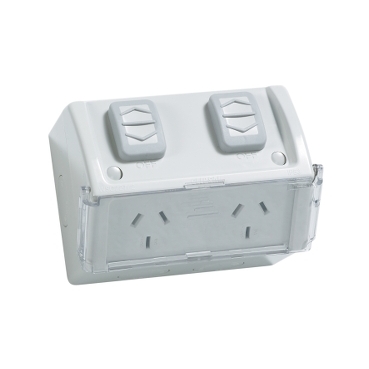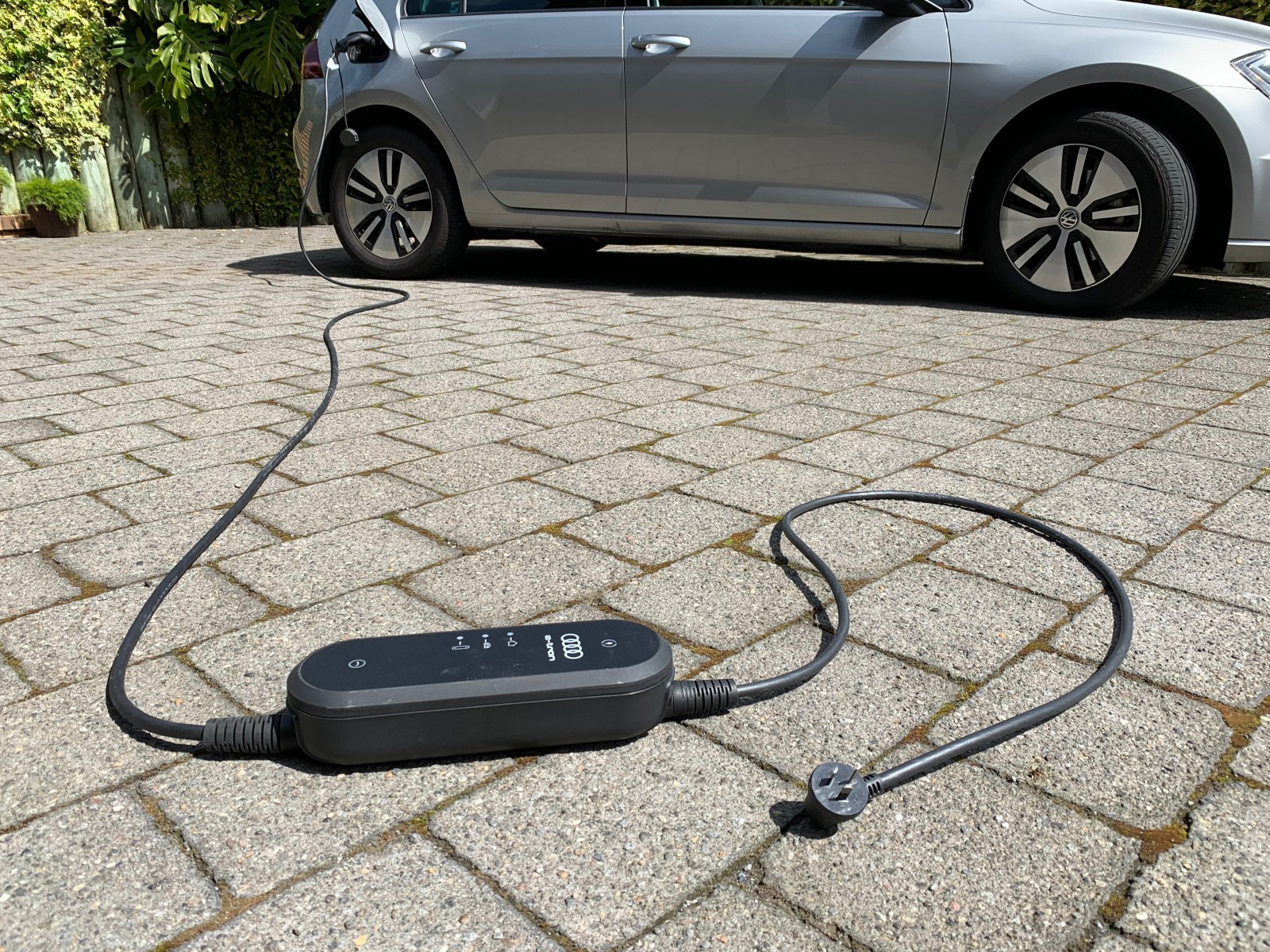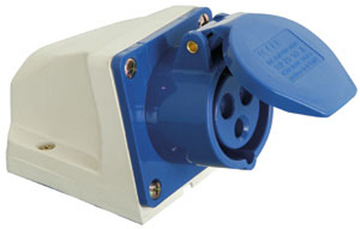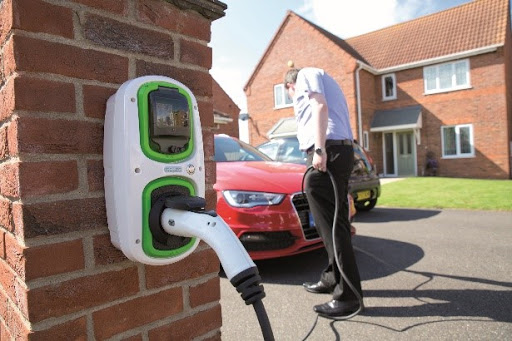During our BNZT road trips we have stayed at many and varied accommodation spots up and down the entire country. Often, we ask if we can charge our EV overnight at the accommodation and most times the proprietors are very interested in the cars, and are happy to help us if they can, much like everyone else we meet along the way.
On the 2020 road trip one of our volunteers asked about some documentation to help answer the question from a motelier “So what should I install?”. The answer is not a one liner unfortunately, but this page attempts to outline the options.
Why you would provide any sort of charging for Electric Vehicles (EV)?
The answer is simply to attract clients by having a Unique Selling Point (USP) – such that your venue is preferred over the one down the road. It is like 10 years ago when the provision of Wi-Fi helped travellers choose to stay where there was Wi-Fi provided, and now that choice is often the motel that provides Wi-Fi for free.
So what do I need?
There is no need to install big fast chargers that you see around the country that look like a fancy petrol pump. Beside the fact that these are very expensive, you don’t really want one because these devices are designed to charge an EV in 20-60 minutes and the idea for you as a motelier is to provide a service for travellers staying overnight.
What should I get?
A - Simple
The simplest and cheapest solution is just a standard 3 pin plug. It is possible to just allow charging using a cord out a window, but this presents problems with open windows and a trip hazard for cables across walkways; although a mat over the cable helps!
Some carefully located outside sockets that are adjacent to vehicle parking can be attractive to some travellers. If you are installing new sockets for this purpose, we recommend a 15amp socket which would allow some EV drivers to increase their charging rate. This type of socket allows both 15 and standard 10 amp plugs to be inserted because the 15amp accepts a larger earth pin, as well as the smaller 10amp version.


Standard 3 Pin socket
(10 amp or 15 amp, coded as 3112).
Alternatively, a Caravan socket is perhaps more robustly designed for outside use and for delivering the full 16 amps. It cannot be used to plug in standard appliances like the 15 amp socket shown above but is more secure (it locks in place) and could also be advertised for an RV or caravan to utilise. It is possible to have both mounted next to each other.
 Caravan Mains socket (16 amp)
Caravan Mains socket (16 amp)
These 3 options can all be installed by any electrician and are relatively inexpensive provided you have the electrical capacity and can get a wire to your fuse box.
B - Dedicated
The next level is to install a dedicated EV Charging station. They are available in 32amp single phase or 32amp 3 phase. But we recommend you only need a single phase circuit because as we mentioned in the introduction you don’t need a service that is faster than an overnight stay.
A reasonable sized EV can get almost a full charge overnight on a 32amp system which is attractive to an EV owner. Any faster is a waste of money and it's a better investment to have more than one slower unit.
There are quite a number of these types of chargers available. Some have cables attached (Tethered) and some just have a socket for a cable to plug in (untethered). The “Type 2 Untethered” type is the New Zealand standard and does not limit the type of car that can plug in. There are two main types of cable still in use and you may choose to provide the two types of cable in case the traveller does not carry one.

Your local electrician should be able to source them, but we list a few suppliers on one of our information pages.
C - Tesla
When Tesla moved to New Zealand, it began supplying free destination chargers to selected hotels, motels, and lodges. These are all listed in the Tesla vehicle maps for drivers to search for. We believe they may still be doing this, but the downside is that they can only be used by Tesla cars. For some venues, this may be your target market, but please be aware of the limitation. You can contact Tesla New Zealand to enquire if this suits you.
How much should you charge?
This is your choice to make based on the cost of the setup and the likely return on additional nights booked. Obviously, the more expensive the installation, the longer the payback and the value would differ depending on the style of accommodation.
As an example, we will focus on the running costs to keep the maths simple.
A standard 3 pin plug can only supply 10 amps, and according to NZ regulations, you should not draw more than 8amps for an extended period. So, a car should only take 2kW per hour from this type of connection.
To be very simple if we assume a 10 hour overnight charge, the car would take 20kW from the plug. Now you need to know the cost of your electricity (the night rate, if you have a variable rate) and multiply this by 20. Assuming a rate of 20c per kW/h, the cost would be just $4.
A 32amp setup can deliver 7kW per hour, so overnight, using our 10 hour example, that could be as much as 70kW. The cost is now $14 at the 20c rate, but this service is very attractive to a larger capacity EV doing a trip or even staying in one spot for a few days. They won’t take that much every night but could travel about the location during the day and put back a bit each night, ready to explore again the next day.
From personal experience, we have seen several motels asking for $10 and as much as $20 for such a facility. However, for the service to attract a customer, it needs to be reasonable in relation to the power used. This is especially the case in 2020, and will be moving forward when the availability of public chargers has reached a point where charging overnight is no longer a necessity.
But rest assured that it is still a preference for many EV travellers who are used to charging at home while they sleep.
Getting the word out
If you install one of these options, then you need to advertise that this is a service you provide. Obviously, you would include the fact in your normal listings. However, many EV owners use an app called PlugShare to locate charging stations as they travel about. The service also has a website https://www.plugshare.com/ where you can add your venue as a charging resource. Be careful to select the correct service provided so the filters work correctly for people searching.
Please also note that WorkSafe NZ has some strict rules about providing public EV charging. Your electrician should be aware of all the regulations. If they are not, then find a different one, and think about how you limit access only to guests.
Written by Sean Dick – October 2020